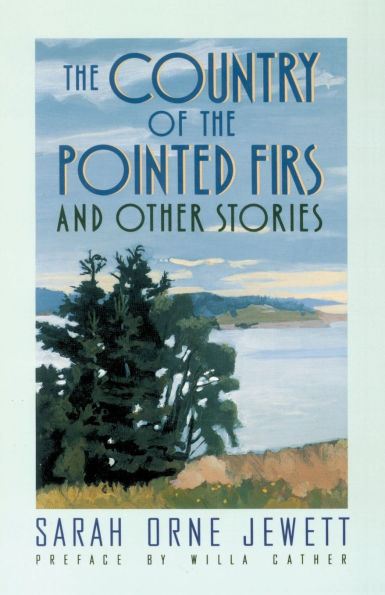“I love finishing reading a book and thinking, I feel privileged to have read that, I feel dignified. I feel like that book sort of thought of me as sacred … I want to write the kind of books that I most love to read.” From Paul Harding, author of Pulitzer Prize-winning novel, Tinkers, comes […]
Sarah Orne Jewett's place in American letters was assured when this acclaimed collection of stories about her native state of Maine was first published in 1896. With a Preface by Willa Cather. Sarah Orne Jewett's crisp style and skillful observation of people and places gives her work lasting appeal.
1116816765
The Country of the Pointed Firs: And Other Stories
Sarah Orne Jewett's place in American letters was assured when this acclaimed collection of stories about her native state of Maine was first published in 1896. With a Preface by Willa Cather. Sarah Orne Jewett's crisp style and skillful observation of people and places gives her work lasting appeal.
20.0
In Stock
5
1

The Country of the Pointed Firs: And Other Stories
320
The Country of the Pointed Firs: And Other Stories
320Paperback(Reprint)
$20.00
20.0
In Stock

Product Details
| ISBN-13: | 9780385092142 |
|---|---|
| Publisher: | Knopf Doubleday Publishing Group |
| Publication date: | 02/11/1954 |
| Edition description: | Reprint |
| Pages: | 320 |
| Product dimensions: | 5.19(w) x 7.97(h) x 0.74(d) |
About the Author
From the B&N Reads Blog
